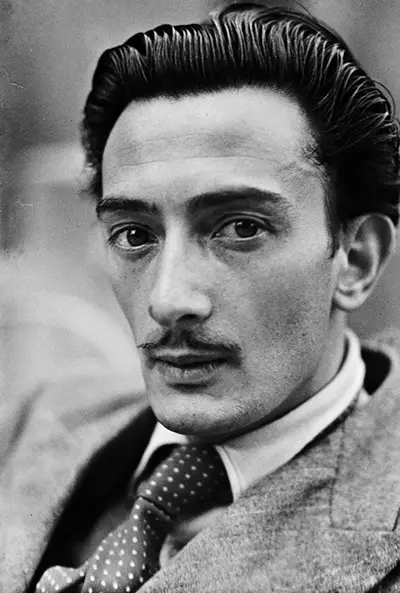It was painted 6 months before the war began but various studies exist that date back to the years before.
Dali had been caught up in an armed revolt by Catalan separatists in 1934 and was personally affected by the Civil War itself.
A close friend was executed, his sister imprisoned and tortured and his house was destroyed in the war. There are suggestions that Dali changed the name of the painting in order to show his prophetic powers, that his subconscious mind knew the war would happen. Whether or not this is true the painting predicts the violence, angst and destruction of the Civil War and its following rule.
The painting depicts a monstrous and gruesome creature devouring itself, a self destructive being like the war itself. Grotesque limbs grab at each other, squeezing and stamping and its head is thrown back in both agony and ecstasy.
Although the painting is wildly grisly and bizarre, Dali's fastidious technique and realistic treatment remind the viewer of the very real and grave ideas behind it.
Dali gave the piece a backdrop of a glorious Northern Spanish sky which contrasts the beauty of tradition with the terror of revolution. He includes a chest of drawers in a central, grounded position of the painting which is holding up the creature itself.
A chest of drawers is often used by Dali as an allegory for things that are private or secret, perhaps here representing the rationale for the Spanish Civil War being unknown or kept secret.
Boiled beans are scattered around the painting and are thought to symbolize the necessity for the basics of sustenance even in the face of war, that the Spanish people had to deal with the hardships and do their best to survive.
The composition explores the relationship between war, food and sexual obsessions and shows his strong sense of political outrage.
Soft Construction with Boiled Beans is now held in the Philadelphia Museum of Art.

